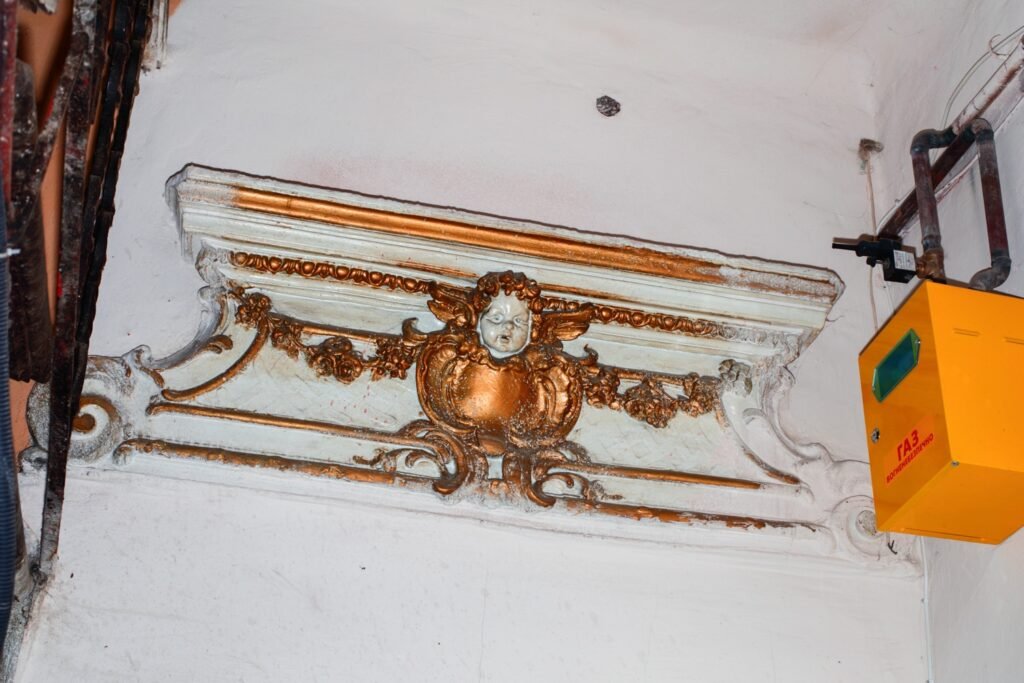During World War II and the years that followed, the majority of Lviv’s citizens were either killed or displaced. Poles—who made up more than half of the pre-war population—were deported to stabilize the Soviet occupation. Jews, comprising about a quarter of the population, were murdered in Nazi concentration camps. Not to mention those who died directly as a result of the war.
But most buildings survived.
City spaces were not only robbed and ruined by the new soviet authorities, they had to be “desacralised”. Churches were turned into warehouses, theatres—into gyms, frescos—hidden under layers of cheap paint. Apartments got occupied by people who never had money or knowledge to properly maintain them.
80 years later, these scars are still in place, now fused in a unique local style: a combination of care and brutality, lack of money and lack of understanding. A restoration movement was slowly starting, but now the new war shapes the city again.


Viacheslav Poliakov is a visual artist, photographer, graphic designer. He was born in 1986 in Kherson, Ukraine. Obtained a master’s degree in art education from Kherson State University. Now based in Lviv, Ukraine.
His art practice exists on the intersection of documentary photography and design. He’s interested in objects and spaces made by people, the historic background behind the urban landscape.